As IranWire has reported, hundreds of Iranians have sustained severe eye injuries after being hit by pellets, tear gas canisters, paintball bullets or other projectiles used by security forces amid a bloody crackdown on mainly peaceful demonstrations. Doctors say that, as of now, at least 580 protesters have lost one or both eyes in Tehran and in Kurdistan alone. But the actual numbers across the country are much higher. The report concluded that such actions by the security forces could constitute a “crime against humanity,” as defined by Article 7 of the Rome Statute.
IranWire has explored this question more deeply in an interview with Professor Payam Akhavan, a prominent human rights lawyer, special advisor to the Prosecutor of the International Criminal Court and a former member of the Office of the Prosecutor of the International Criminal Tribunal for the Former Yugoslavia.
IranWire is aware of more than 50 serious eye injuries sustained by protestors and bystanders over the past five months. With the help of independent ophthalmologists, we have reviewed the medical records of around a dozen individuals and compiled a comprehensive medical report.
In the series of reports “Blinding as a Weapon,” IranWire presents the victims’ stories told in their own words. Some have posted their stories, along with their names and pictures, on social media. Others, whose real names shall not be disclosed to protect their safety, have told their stories to IranWire, which can make their identities and medical records available to international legal authorities and the United Nations Special Rapporteur on the situation of human rights in the Islamic Republic of Iran.
This is the story of Hossein Ashtari, a 22-year-old tattoo artist who was shot by security forces during two separate protests and lost an eye. Nevertheless, he did not stop joining the protests even though both his life and his spirit had been broken into pieces.
***
Wearing an eye patch, a young man sits on a bench, picks up the kalimba next to him and starts playing the tune that invites you to hum along.
Before last year’s nationwide protests started, Hossein Ashtari, a 22-year-old resident of Karaj, near Tehran, was a tattoo artist. He has loved painting since his childhood. He also plays dulcimer, a stringed musical instrument. He was a wrestler as well but an injury forced him to quit the sport. Instead, he turned to mountain climbing.
As demonstrations sparked by Mahsa Amini’s death spread, Ashtari and his friends joined the protest movement. He participated in rallies in Karaj and Tehran. He was first targeted by security forces in September of 2022, soon after the protests started. One of his fingers was injured by a pellet in that shooting. The second time, on October 9, his left eye was seriously damaged by a paintball.
Still, on November 3, Ashtari participated with his damaged eye in the ceremonies marking the 40th day since the death of Hadis Najafi, a 20-year-old woman who had been killed in a spray of bullets in Karaj. In these ceremonies, several more people were blinded and two protesters, Mohammad Mahdi Karami and Seyyed Mohammad Hosseini, were later hanged, but this time Ashtari managed to get away without any injuries.
After that, each time when Ashtari accompanied his friends in their cars to join protests and there was shooting, he was terrorized and traumatized.
Broken Glass in the Eye
Calls were posted on social media asking protesters to come to the streets in various locations, including outside universities. Ashtari and his friends agreed to join protesting students on October 9.
It was 1 p.m. when Ashtari and friends arrived outside Karaj Azad University in Gohardasht neighborhood. Nothing was happening there, so Ashtari and other protesters moved to Gohardasht Circle, where a few students were staging a sit-in, chanting slogans.
Security forces on motorcycles started shooting at the crowd. The protesters dispersed, except Ashtari and a few others. A security agent who was sitting on the backseat of a motorcycle and was wearing a completely black uniform and a black helmet fired three paintballs at Ashtari.
One bullet injured his shoulder, another one hit his neck and triggered a severe hemorrhage and the third one shattered his glasses, tearing his left eyeball.
A friend was pulling Ashtari back when he himself was shot with paintballs from behind. The two injured men managed to get to Dariush Street where an old man opened the door to his home and gave them shelter.
Hiding the Injury
Ashtari was taken to Shahi Beheshti Clinic, which lacked facilities for surgery. They sent him to Noordidegan Eye Hospital, but either the surgeon was absent or was busy so he was taken to Farabi Hospital in Tehran.
Ashtari underwent surgery in the morning of October 10 during which pieces of glass were removed from his eye and the eyeball was stitched.
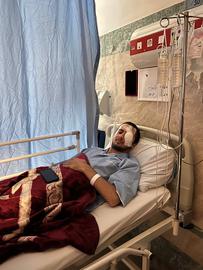
Broken Eye, Broken Life
Ashtari was taken home after the surgery. His friends and his family were around him. Ashtari is the youngest of four brothers and sisters and his siblings left everything else aside to stay next him and help him return to life.
They set up a bed in the drawing room and gathered around Ashtari, but whenever light bothered his injured eye he would turn off the light and remained in the dark by himself with his trauma.
For months, Ashtari has taken his dulcimer out of his case to play, but his kalimba is always within his reach. He plays songs that bring him some peace, songs like Woman’s Anthem, which was released 18 days after Amini’s death, or Youth of the Motherland, written during Iran’s Constitutional Revolution in the early 20th century. The song starts with “From the blood of the youth of the motherland a tulip had grown.”
Amid harassment of those who were shot in the eyes and bravely told the world about their ordeals, Ashtari lives in constant fear. Perhaps like many other victims, he is woken up by nightmares. He has no energy to return to work even though he loved being a tattoo artist passionately.
visit the accountability section
In this section of Iran Wire, you can contact the officials and launch your campaign for various problems




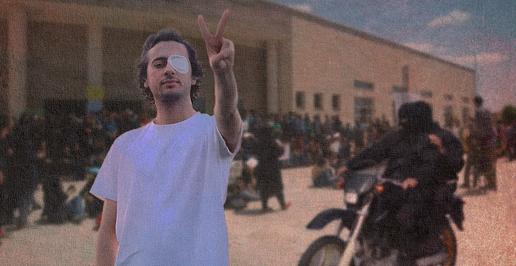






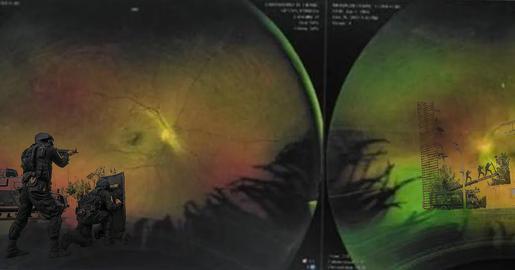
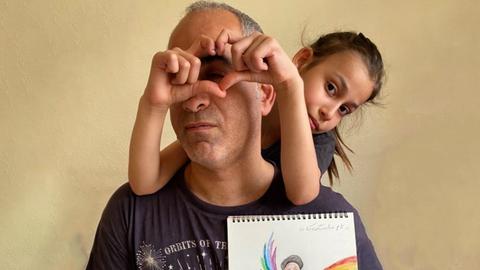
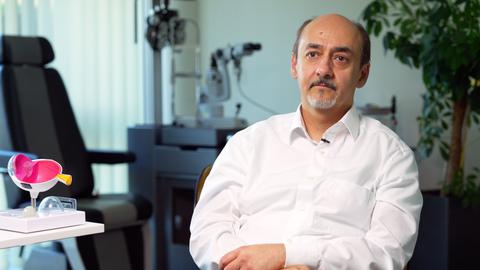



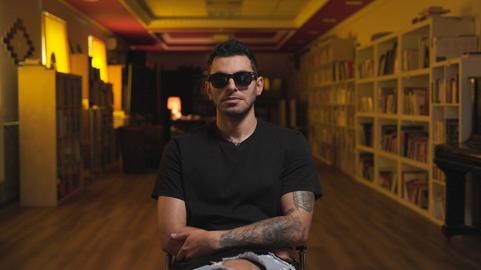


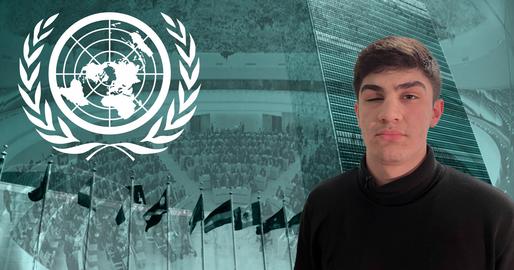



comments